Ha Long Bay is considered one of the most popular heritage destinations in the world.
According to assessments, Ha Long Bay ranks among the most famous heritage sites globally and is the top tourist attraction in Quang Ninh, with nearly 60 million visitors having visited the site over the past 30 years. The site's stunning natural beauty is undoubtedly its greatest appeal, alongside the province's investment in infrastructure, diversification of products and services, and effective management of the tourism business environment, which ensures a complete and memorable experience for visitors to Ha Long Bay.

The beauty of Ha Long Bay is undeniably authentic. This beauty, as early as the 1930s and 1940s, was discovered by a former French officer named Lapique, who developed it for tourism. Lapique paved the way, built a bathing pier, and equipped four tourist boats named after different types of pearls to take visitors on tours around the Bay. At that time, Lapique printed advertisements calling Ha Long Bay the "eighth wonder" of the world.
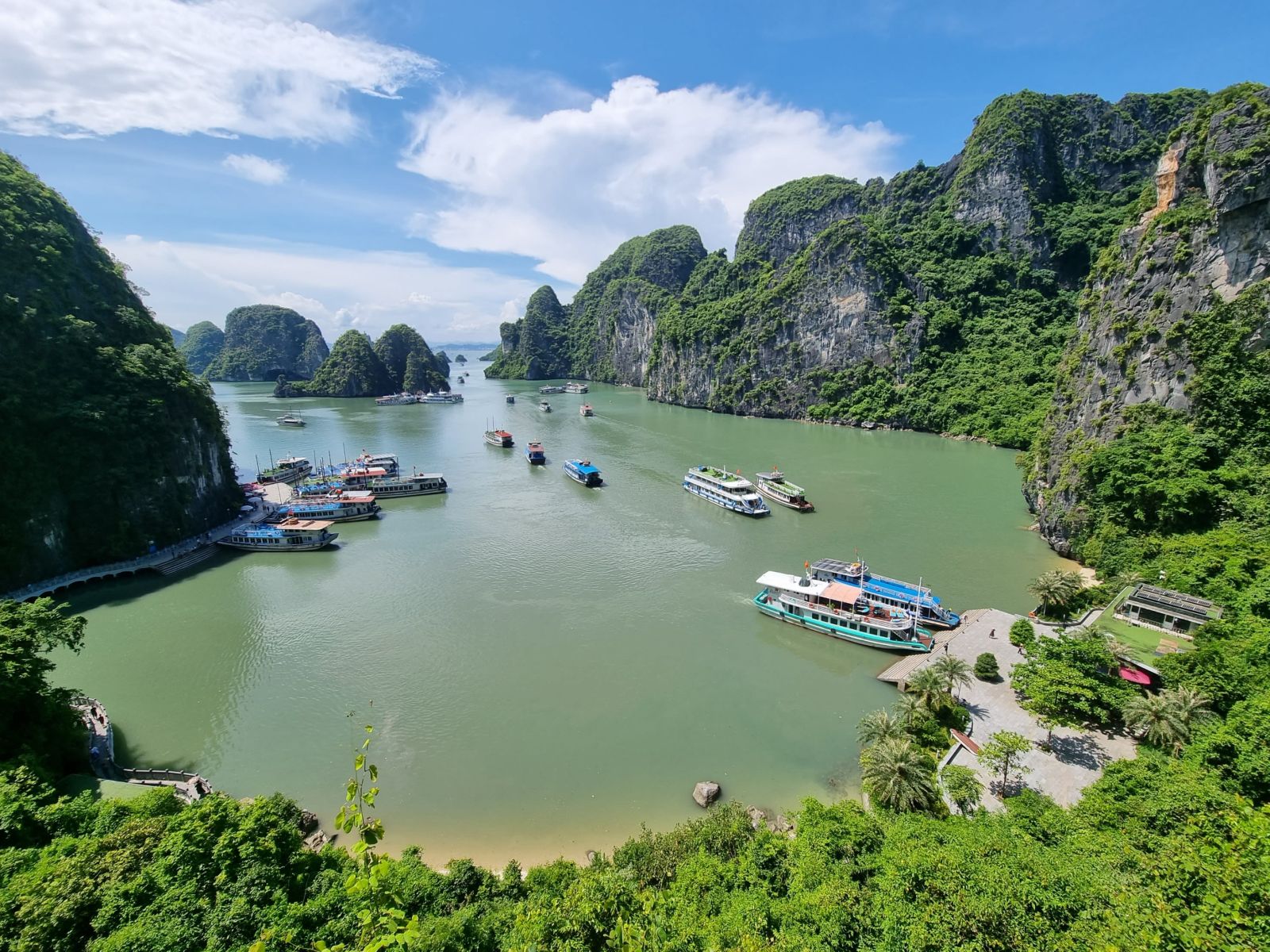
The history of the country has been shaped by war, and the process of recovery and reconstruction took time, so the tourism potential of Ha Long Bay could not be fully realized in the early years after the country was reunified. At the end of 1994, Ha Long Bay was officially recognized by UNESCO as a World Natural Heritage site for its exceptional global aesthetic value. Following this, the Bay was further recognized in 2000 as a World Heritage site for its geological and geomorphological value. This marked the beginning of a new chapter for heritage tourism development. To this day, after three decades, Ha Long Bay continues to attract visitors from all over the world, remaining a key tourism destination in the province and helping to establish Ha Long and Quang Ninh as a major tourism center of the country.
Diverse services and enhanced quality of experience
Over time, tourism products and services in Ha Long Bay have become increasingly diversified, focusing on sustainable and high-quality tourism development. Traditional tourism products in Ha Long Bay, such as cave exploration, beach activities, kayaking, and overnight stays on cruise ships, have been improved in quality. In addition, many new tourism routes, destinations, and services are being developed, including 8 sightseeing and travel routes, 5 accommodation clusters for overnight stays, experimental activities with exploration cruise ships offering 3 exclusive tour routes, a culinary experience combined with music and sightseeing the beauty of Ha Long City at night, and expanded tourism products based on the preservation and promotion of the historical and cultural values of fishing villages, archaeological sites and biodiversity in Ha Long Bay.

Recently, the province has focused on expanding the tourism space to enhance visitor experiences, extend their stay, and reduce pressure on the heritage area. Accordingly, the province has issued the Master Plan for the Development of Tourism in Quang Ninh until 2020, with a vision for 2030, and approved the overall project on the management and development of tourism products in Ha Long Bay, Bai Tu Long Bay, Van Don, and Co To islands. This plan specifically aims to develop tourism in Ha Long Bay with unique tourism products to attract visitors, such as ecological tourism, community tourism, cultural experience and exploration of Ha Long’s coastal residents, and sports tourism. Expanding the tourism space involves developing regional products to enhance connectivity between Ha Long Bay, Bai Tu Long Bay, Van Don, and Co To islands; allowing pilot activities like coastal restaurant tours, exploration cruise routes to alleviate overcrowding at certain areas showing signs of overloading in the core heritage zone; and opening new routes connecting Ha Long Bay to Bai Tu Long Bay, and from Ha Long Bay to the Cat Ba Archipelago (Hai Phong).
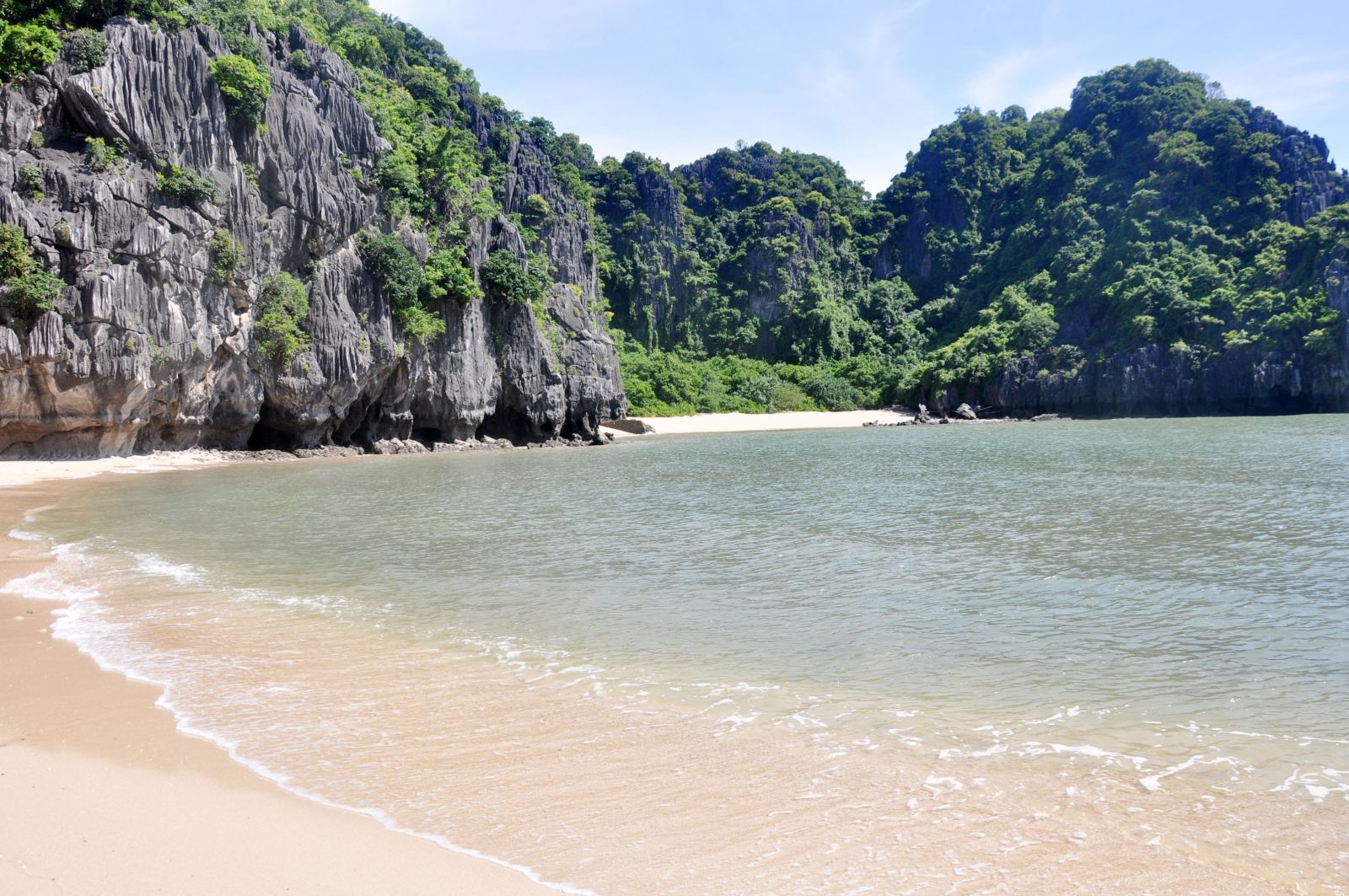
To meet the demands of the high-paying tourist market, the province has recently directed relevant departments and agencies to research and propose the development of several new tourism products in Ha Long Bay. These include large and small beaches, newly discovered caves, scenic and safe areas for exploration, short-term art performances at caves and beaches, and the creation of unique souvenir products with distinct local characteristics.
Tightening Management
According to information from the Ha Long Bay Management Department, there are currently 502 registered tourist boats operating in the Bay, including 323 sightseeing boats, 177 overnight boats, 4 restaurant boats, and 7 exploration cruise ships. Additionally, there are 590 kayaks, 100 rowboats, and 31 speedboats available to meet the sightseeing and experiential needs of visitors to Ha Long Bay. The activities of these tourist boats and services are tightly managed.
Research shows that the province has established a coordinated management system for tourist boats. Since 2016, the number of tourist boats has been regulated, reducing their quantity while increasing operational efficiency. In 2016, there were 533 boats registered, but now there are only 502. The province is continuing to implement a plan to replace old boats, focusing on reducing the quantity, improving quality, ensuring safety, and increasing operational efficiency. Regular annual inspections assess boat quality, including aesthetics, safety standards, and fire prevention measures. Only boats that meet these criteria are allowed to operate. The “Green Sail” eco-label was introduced for Ha Long Bay’s tourist boats in 2018 to encourage them to follow environmental protection and sustainable development standards. Recently, serious boat fire incidents causing harm to people have not occurred, and violations by tourist boats have significantly decreased over the years.
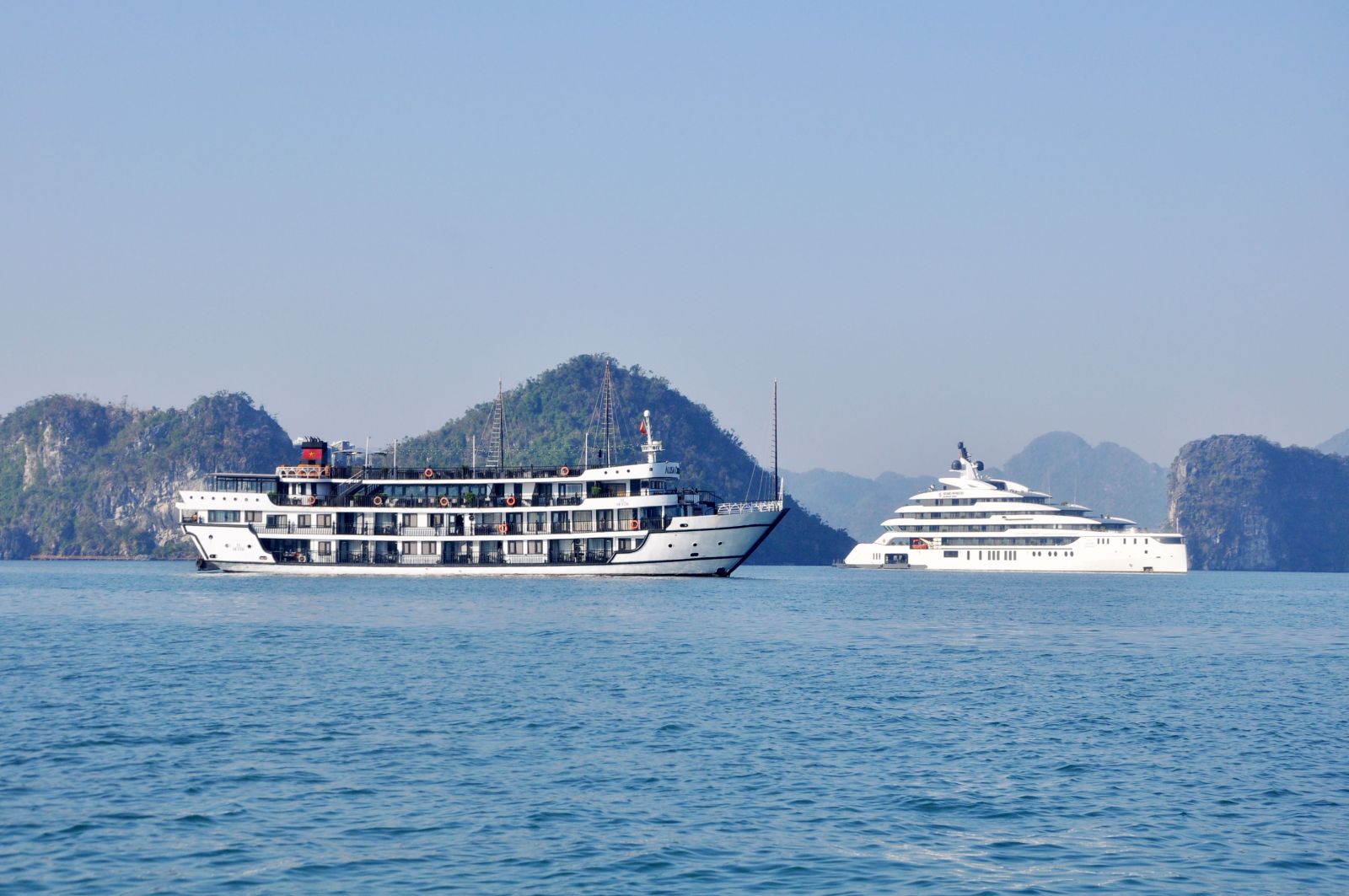
In terms of business activities on Ha Long Bay, services that were previously scattered, small-scale, lacked legal procedures, and had low service quality underwent a thorough review and inspection of kayak, rowboat, and speedboat services in 2016. In 2023 and 2024, the province issued decisions to announce 8 water recreation areas on Ha Long Bay in accordance with regulations. Numerous management and service control measures have been tightened, including issuing regulations, management plans, designated areas, and activity routes, as well as establishing annual contracts between the Ha Long Bay Management Board and businesses or individuals offering kayak and rowboat services, contributing to the diversification of products and the enhancement of service quality.
The Ha Long Bay Management Department and relevant departments organize regular and unexpected inspections, requiring businesses to regularly review and update their operational plans to ensure tourist safety. They also provide training for rowboat staff and service guides. Businesses are informed and provided with a "Tourism Etiquette" and "Ha Long Smile" code of conduct. All tourist boats sign commitments to improve customer service skills, service quality, strictly implement regulations, and control the use of single-use plastic products. They are also required to ensure the safety of boats and tourists visiting Ha Long Bay. As a result, the awareness, responsibility, skills, and customer service attitudes have improved, and the feedback has been largely positive.
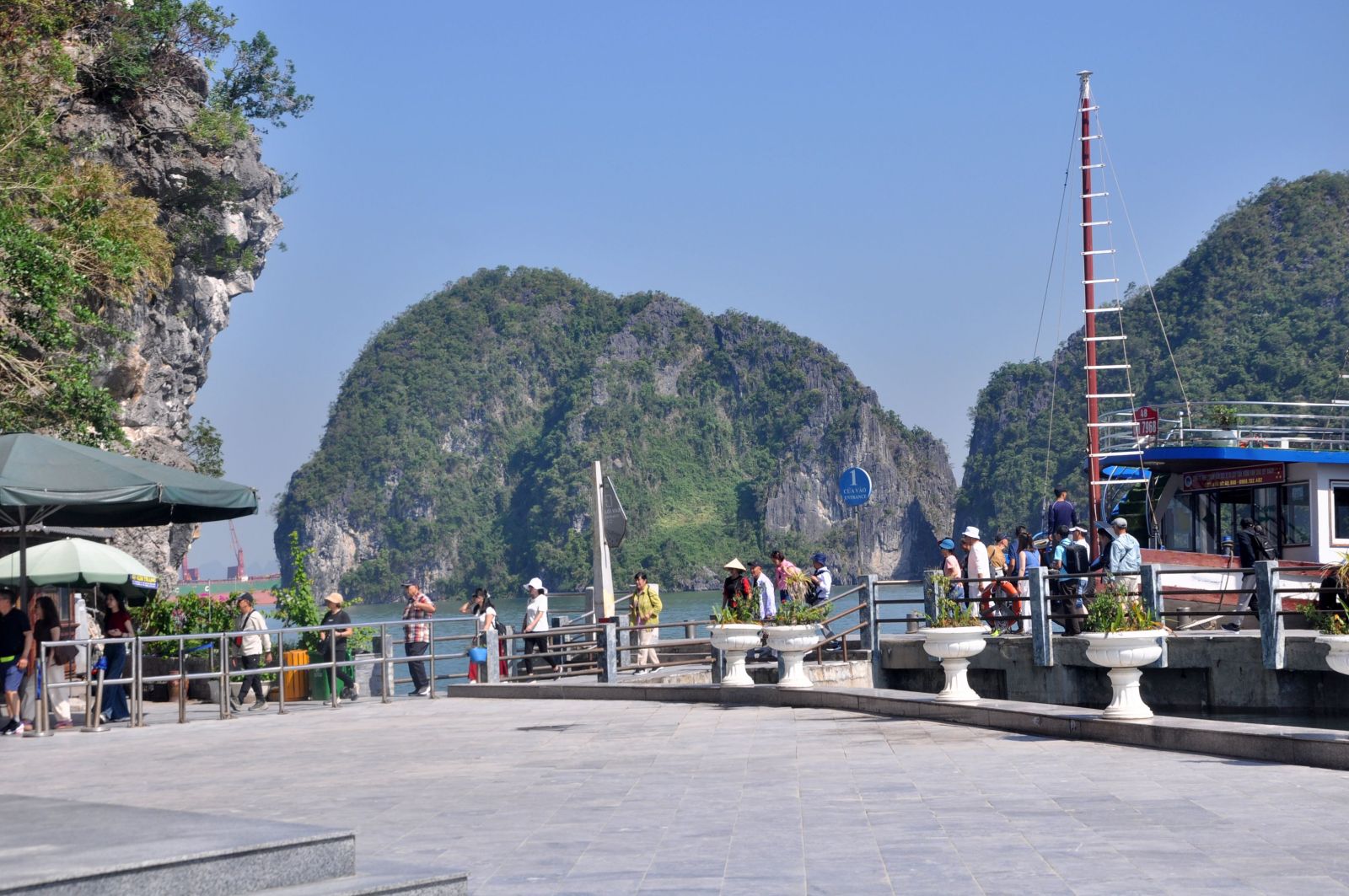
Many strict management measures for entrance fees and improvements to enhance customer service quality have been implemented. The ticket structure has been modified to focus on a centralized system, applying a one-time general ticket sale at the port for easier management, minimizing losses, and simplifying procedures for tourists. The exemption, reduction, and refund processes for tickets are carried out in accordance with regulations, ensuring they are fast, convenient, and accurate for the correct individuals.
Improving infrastructure for safety and convenience
With the aim of developing sustainable, professional, and modern heritage tourism, Quang Ninh has invested significantly in tourism infrastructure. In addition to the development of the province’s highway system, the region has mobilized off-budget funding to invest in several tourist ports, particularly the International Passenger Port in Tuan Chau, the International Passenger Port in Ha Long, and the International Passenger Port in Ao Tien, to meet the accessibility needs of both domestic and international tourists visiting Ha Long Bay. Moreover, the province has focused on upgrading, restoring, and enhancing infrastructure at key tourist sites and overnight accommodation areas on Ha Long Bay to ensure safety, aesthetic appeal, and overall tourist satisfaction, such as at locations like Thien Cung, Dau Go, Ti Top, Mê Cung, Tien Ong, Ba Hang, Vong Vieng, and Cua Van.
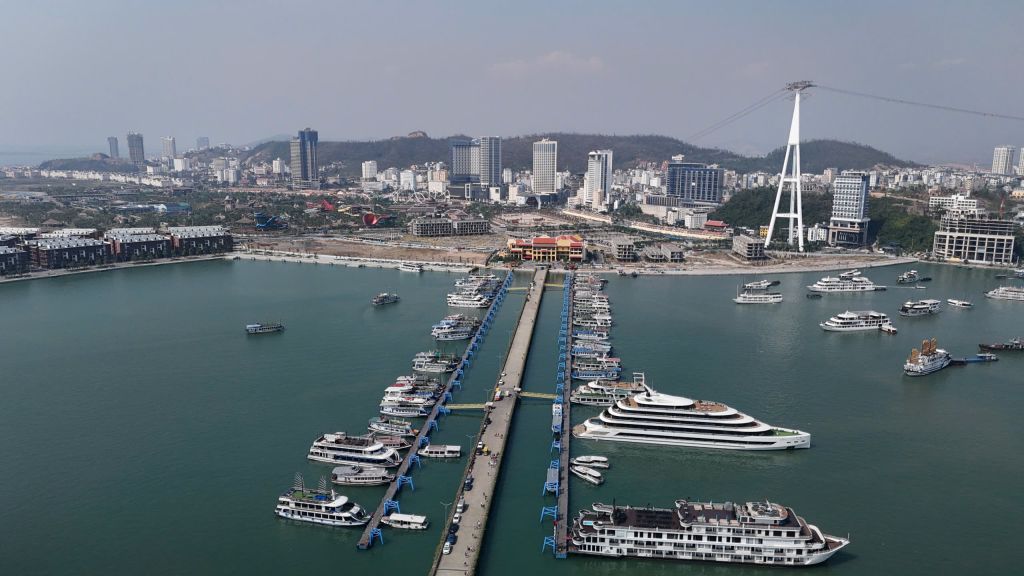
Businesses are encouraged and supported to invest in infrastructure to serve tourism development on Ha Long Bay, such as rest stops, services, sightseeing, and product introductions at the Cap Tao area; and sustainable tourism development combined with aquaculture at Vong Vieng... These efforts contribute to enhancing the attractiveness of the heritage destination, providing the best experiences, and extending tourists' stay.
With these efforts, Ha Long Bay has increasingly become a popular destination, playing an important role in the development of Quang Ninh. Statistics show that over the past 30 years, Ha Long Bay has welcomed more than 57 million visitors, including nearly 31 million international tourists, generating over 8,608 billion VND in entrance fees. The heritage site has also received additional prestigious titles, such as: New 7 Natural Wonders of the World, International Geological Heritage Ha Long Bay - Cat Ba Archipelago, Vietnam's Leading Tourist Destination, and Vietnam’s Leading Tourism Destination.
Translated by Thuy Ha
